Of all the massage chair brands in the US market, perhaps none are as ubiquitous as Osaki and Titan — and for good reason: they're both owned by the same parent company, Titan World LLC, which is based in Texas. But they're not identical. Osaki is the flagship brand of the company, which will be competing with Japanese and high-end Korean models by offering feature-rich chairs at mid-to-premium price points. It has its bestsellers like the OS-Pro Admiral II and Maestro LE 2.0, which come equipped with such cutting-edge technologies as heated 4D rollers, voice command, and large SL-tracks.
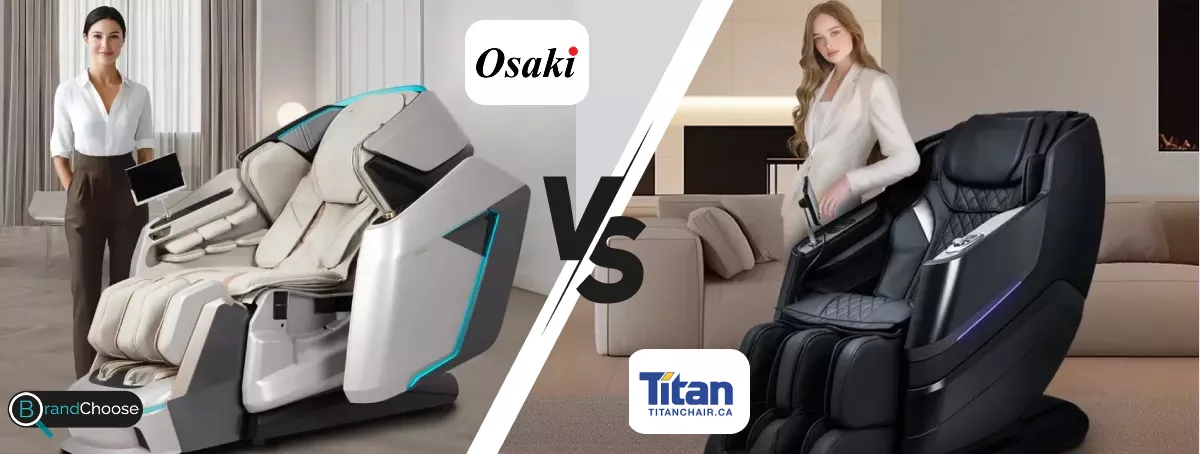
Titan, on the other hand, fills in the gap between Osaki — offering entry models and mid-range with simpler controls and lower prices. Models like the TP-Carina, TP-Pro Omega 3D, and TP-Epic 4D offer beginners entry into 3D or even 4D levels at a lower price, but usually with sacrifices in accuracy, build, or appearance. While they may share space in the warehouse and service staff, these two companies compete differently — Osaki looking upwards to performance, Titan looking in the direction of value. This head-to-head captures where they vary and who each brand is best for.
Product Selection
🟦 Osaki covers the range from small 2D units to luxury 4D chairs. It has over 60 models, from small and big user chairs to tech geeks and minimalists, making it the most varied series in the US.
| Primary Use Case | Osaki | Titan | ||
| Entry | OS-Champ |  |
 |
TP-Carina |
| Mid | OS-Pro Admiral II | 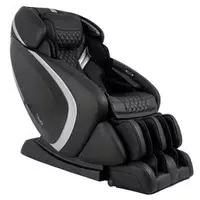 |
 |
Pro Omega 3D |
| Flagship | Maestro LE 2.0 | 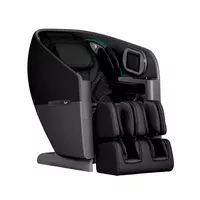 |
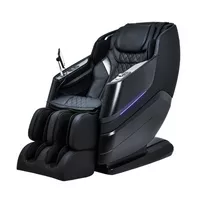 |
TP-Epic 4D |
🟪 Titan deals with value-based middle-range and budget chairs, and there are around 25–30 models in active production. They are mostly stripped-down, design-neutral, and optimized for maximum appeal.
✅ Osaki offers higher tiers, styles, and functional specialization. Titan is concentrated but limited.
Customer Support & Warranty
🟦 Osaki and Titan are supported by Titan World LLC, with identical service networks, warehouse distribution, and support terms: 3 years for frame, 2 years for parts, and 1 year for labor. Osaki receives faster priority support—though rarely—thanks to higher selling prices and authorized dealer protection.
🟪 Titan support is effectively the same. Parts availability and response times may favor Osaki slightly due to flagship positioning.
✅ Support is in actuality tied, albeit Osaki may enjoy slightly faster parts/service.
Build Quality & Durability
🟦 Osaki, particularly its upper-line, uses more powerful motor units, more fluid actuators, and more durable faux leather. The Maestro LE 2.0 is high-end in motion and material.
🟪 Titan represents great value at its price point but the lower models may use noisy components or thinner material. Seats like the TP‑Epic 4D show improved finishing but are still behind Osaki's more expensive construction.
✅ Osaki wins hands down in finish, consistency, and motor reliability, especially with the more costly models.
Massage Variety
🟦 Osaki integrates variety massage into nearly every level. Even the OS-Pro Admiral II features 3D massage with several levels, and the Maestro LE 2.0 brings that to heated 4D rollers that change rhythmically, simulating real therapist pressure. There are several dozen auto modes, ranging from Stretch and Recovery to Gentle and Deep Shiatsu.

🟪 Titan has massage functionality reassuringly close to cost. The TP‑Carina offers 2D basics; the TP‑Pro Omega 3D includes depth adjustment in 3D; and the TP‑Epic 4D adds hot 4D rollers. Yet roller control is less nuanced, and auto modes are less sophisticated — Relax, Full Body, Lower Back, etc.
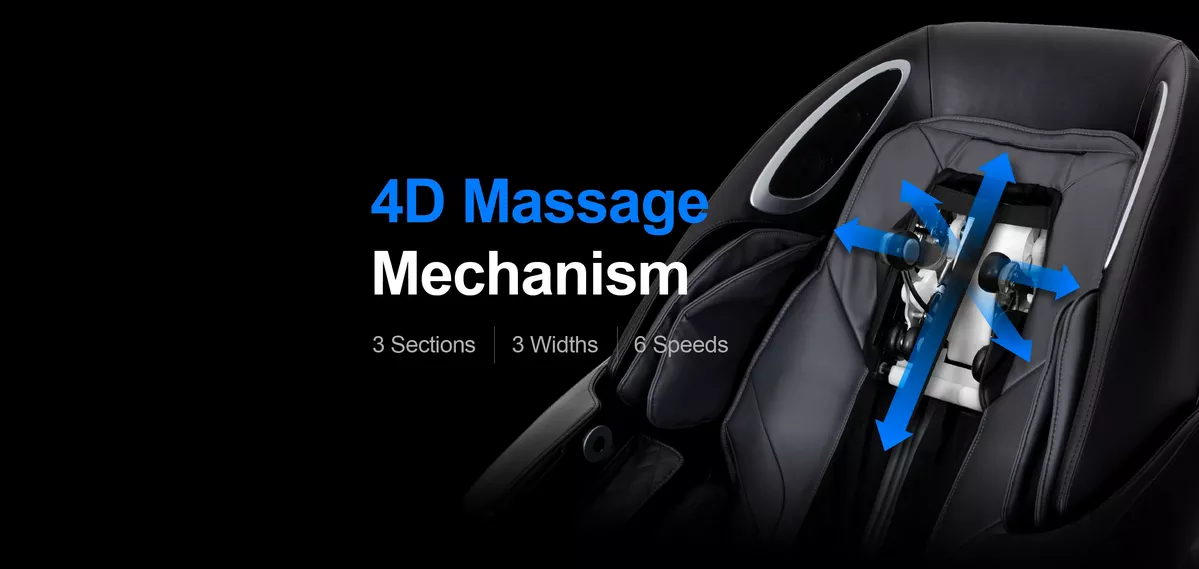
✅ Osaki provides more precise, programmatic routines; Titan is excellent coverage at the price but not discreet.
Programs Variety
🟦 Osaki always offers 12 to 16 auto modes on mid-range and flagship models, like memory-saving and targeted therapy settings such as Neck, Spine, Office Recovery, and Custom Stretch.
🟪 Titan keeps the number of programs at 6–10 even on 3D/4D models. Modes are rather general, adopting whole-body, partial, and relaxation modes. The TP‑Epic 4D has a few more premium presets, though they're less tunable.
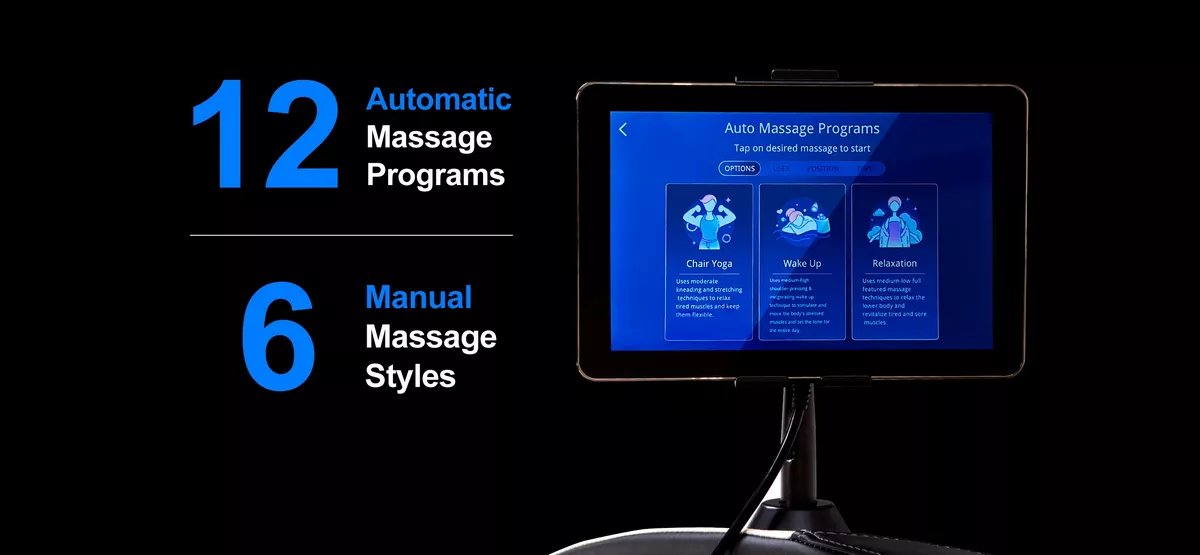
✅ Osaki excels in software flexibility and customization.
Cost & Affordability
🟦 Osaki begins at around $1,800 but climbs well over $7,000, particularly for chairs equipped with heated 4D rollers and AI body scanning.
🟪 Titan provides full 3D and even 4D chairs in the $1,500–$3,500 range, which is irresistible for frugal shoppers.
✅ Titan solidly triumphs on initial affordability, although Osaki provides superior long-term value at higher levels.
Technology & Wellness Extras
🟦 Osaki integrates Bluetooth speakers, LED mood lights, voice commands, and even app-linked UIs. Heated rollers, USB outlets, and immersion lighting are par for the course in high-end models such as Maestro LE 2.0.
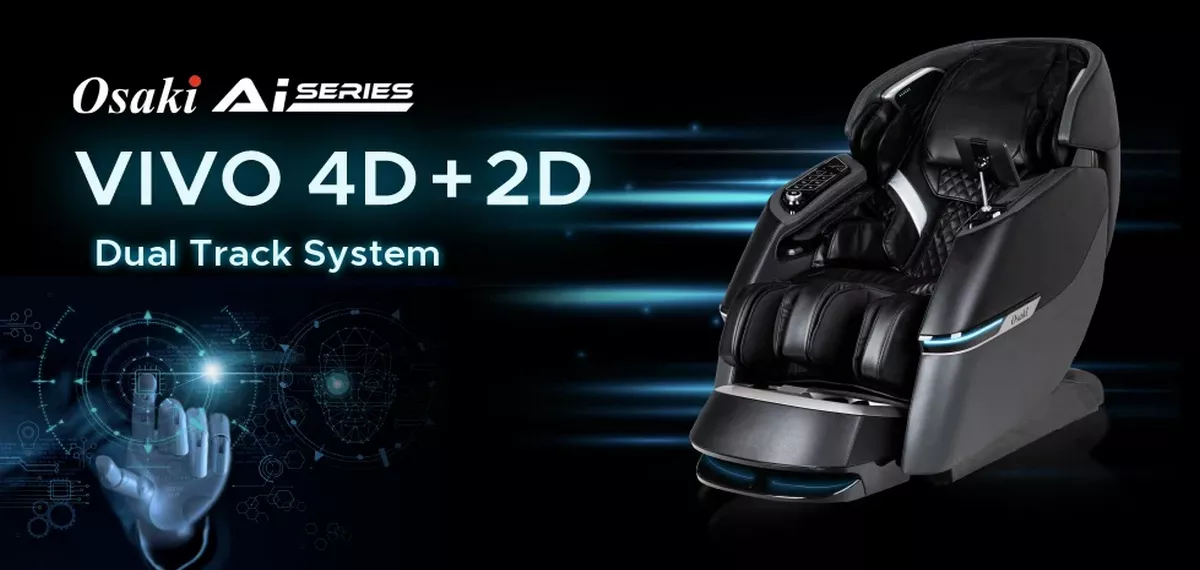
🟪 Titan offers staples such as Bluetooth sound and lumbar heat in models such as TP‑Pro Omega 3D, but does not include glamour features such as voice command or app connectivity. The technology feels a generation off.

✅ Osaki clearly leads in smart features and sensory experience.
Body Coverage & Adjustability
🟦 Osaki is a master of long SL-tracks (up to 53"), with extensive airbag coverage. The Maestro LE 2.0 offers glutes-to-neck coverage with high-tech foot rollers, adjustable calf sleeves, and precise auto leg scanning.
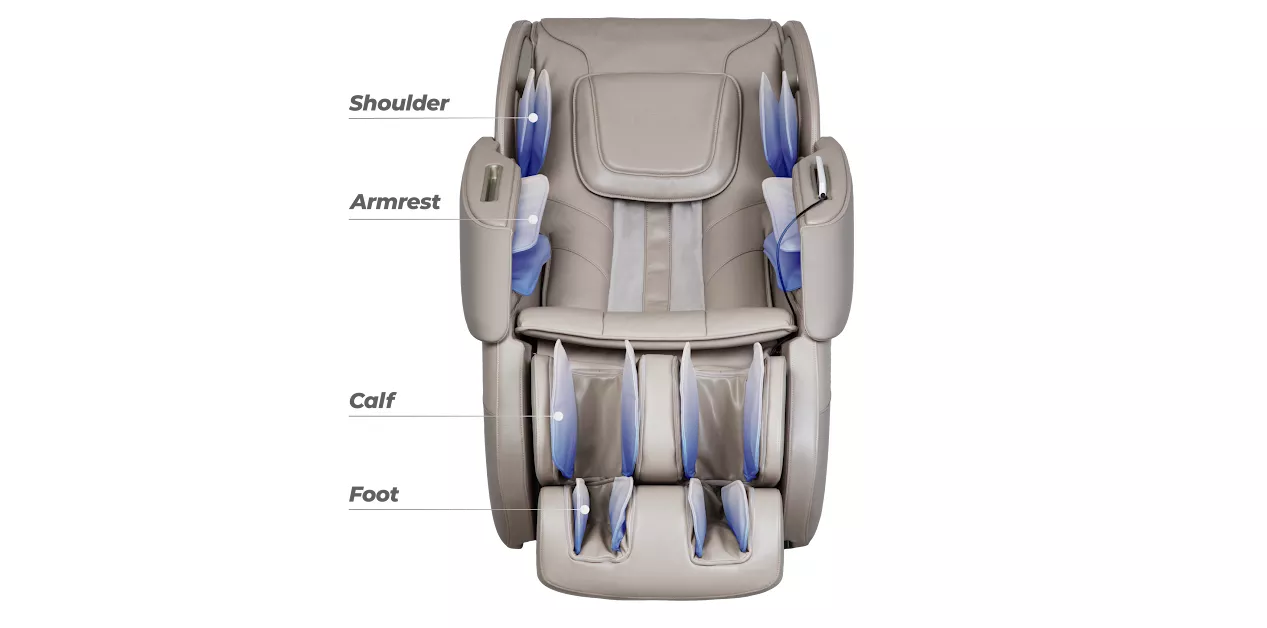
🟪 Titan models offer adequate SL-track coverage — both TP‑Pro Omega 3D and TP‑Epic 4D come to the glutes. Airbag areas are shorter, and roller reach is shorter. Body area and intensity levels are less customizable.
✅ Osaki wins with greater reach and more accurate zone control. Titan is adequate, but less variable.
Comfort & Ergonomics
🟦 Osaki chairs such as the Admiral II and Maestro LE 2.0 are generously padded, with wide armrests, full-body shaping, and multi-stage Zero Gravity recline. Seats are contoured for long-time sitting and accommodate a wide range of heights with ease.
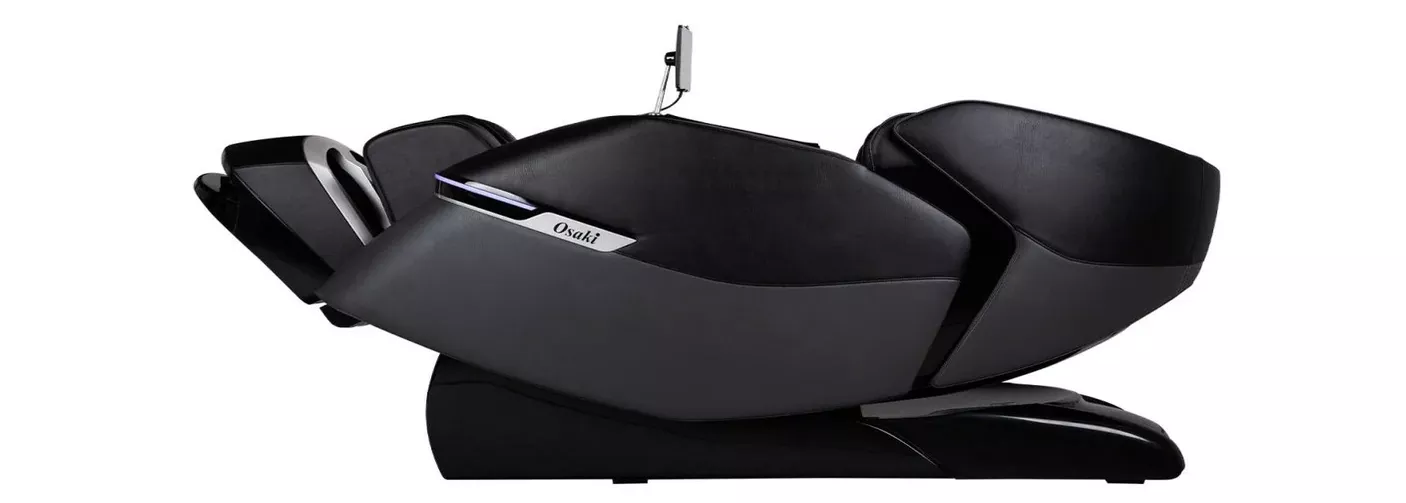
🟪 Titan chairs like the TP‑Pro Omega 3D are narrower and somewhat stiffer. Lower versions feel shallow or stiff on taller users. The TP‑Epic 4D upgrades with improved padding and recline support but the fit remains towards average-sized users.
✅ Osaki takes the lead with softer material, more universal ergonomics, and improved long-session comfort.
Quick Buyer Match Guide
🟦🟦 Choose Osaki if you...
• Want maximum features and flash for your budget
• Prefer glute and hamstring coverage with SL-track rollers
• Need multiple programs and user profiles for a family
• Like voice control, mood lights, or app integration
🟪🟪 Choose Titan if you...
• Care more about subtle massage precision than visual flash
• Want a chair that lasts 10+ years without mechanical noise or drop-off
• Have back issues that require postural control and adaptive pressure
• Prefer simplicity and budget-friendliness without high-tech frills
Conclusion
While Osaki and Titan are corporate siblings, they have extremely different roles within the massage chair market. Osaki sells to comfort-seeking, feature-starved consumers with deeper pockets — heated 4D rollers, high-end build, and lots of personalization. Titan takes that technology downmarket at a much reduced price point, offering 3D and even 4D massage to the masses. If you’re chasing high-end relaxation with smart controls and full-body reach, Osaki is the stronger choice. But if you’re testing the waters or simply want a solid chair without the fluff, Titan delivers surprising performance at a wallet-friendly cost.






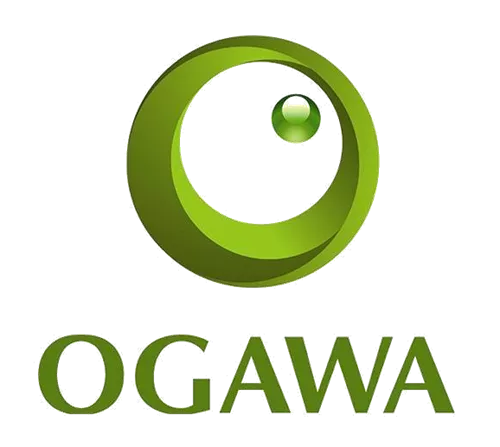



.png)